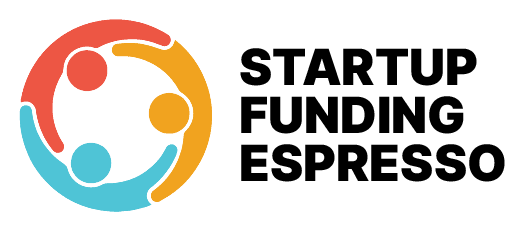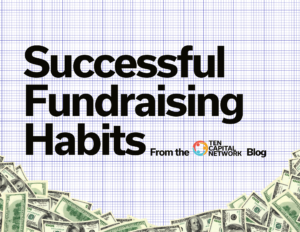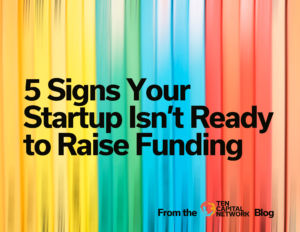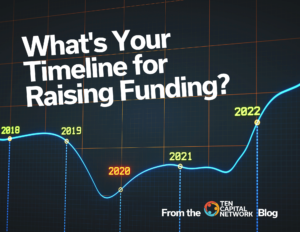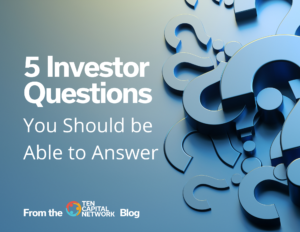
5 Investor Questions You Should be Able to Answer
2 min read Securing funding is one of the most difficult and yet most important aspects of launching your startup successfully, so what investor questions should you prepare for? Before diving in, investors are going to want to do their due diligence and ensure that your organization is worth the risk. Before you approach investors you should know enough about your startup to answer the following five questions. What is your value proposition? This is the feature that makes your product or service stand out from the rest. The answer points out what your company provides, and why people want it. Will customers pay for the solution? Free usage is not hard to achieve- but the ability to secure paying customers is required. Investors want to know if customers will pay for your solution, therefore producing a profit to be shared. Who is on the team? About half of an investor’s decision comes down to believing in the team and knowing they will be enough to reach the goal. The team should be able to tell who is in charge of what business functions, for example, marketing, sales, R&D, etc. Why is now the right time? Is there anything in the deal that suggests now is the right time to start this business? Why hasn’t someone done this before? Showing that there is a current need to be filled, problem to be solved, or demand to be met is necessary. What is your exit? This is one of the hardest questions to answer. If you need or choose to exit, what will this look like, and how will the investor get their money back? There you have it- the top five questions a startup needs to be prepared to answer when meeting with a prospective investor. We suggest typing the answers to the above questions out so that you and your team are fully prepared! Feel free to try out our calculators and contact us if you would like to discuss your fundraise: http://staging.startupfundingespresso.com/calculators/ Hall T. Martin is the founder and CEO of the TEN Capital Network. TEN Capital has been connecting startups with investors for over ten years. You can connect with Hall about fundraising, business growth, and emerging technologies via LinkedIn or email: hallmartin@tencapital.group
